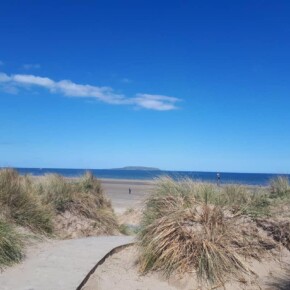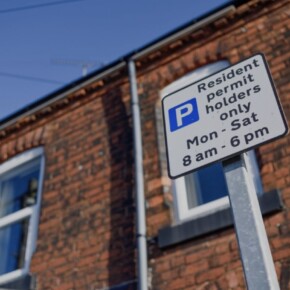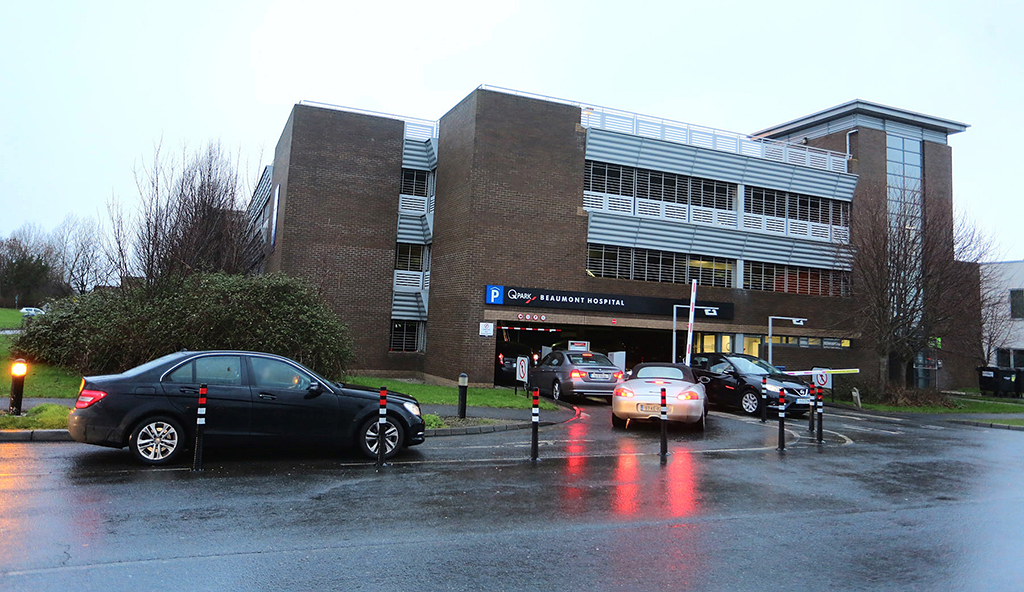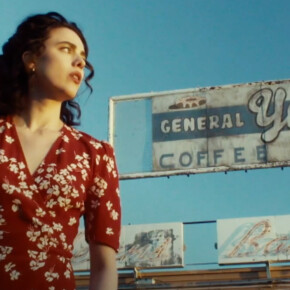Remembering the Hibernian Rifles
Dublin People 27 Feb 2015THE Hibernian Rifles, the small military arm of the Ancient Order of Hibernians – Irish American Alliance (IAA), remain almost forgotten participants of the 1916 Rising.
The IAA came into existence following a split with the Ancient Order of Hibernians- Board of Ã?ireann (BOÃ?) in 1907. The IAA professed to be a republican organisation and were closely linked to Clann na Gael, the sister organisation of Irish Republican Brotherhood in America.
The BOÃ? however, were inextricably linked to John Redmond’s Irish Parliamentary Party and were considered an ultra sectarian, green version of the Orange Order. Reading between the lines, it is likely that this split arose around the question of support for physical force republicanism in Ireland.
In 1911, JJ Scollan, National Director of the IAA in Ireland, decided to establish an Irish branch of the Hibernian Rifles.
At this time, the IAA had three divisions in Dublin and a unit of Rifles was established in each division with roughly 20 men in each.
The constitution of the Rifles was non-sectarian. Scollan explained:
“The Hibernian Rifles did not bar anyone from joining. It was a semi-public organisation open to all religions of all natures.
?
During the 1913 Lockout, the Hibernian Rifles actively supported the locked out workers. This was in complete contrast to the AOH-Bord of Ã?ireann and the Catholic Church who sided with William Martain Murphy and the employers of Dublin.
Many members of the Rifles were also members of the ITGWU and were involved in the strike.
The Rifles appealed to the IAA in America for support and received over £1,000. This allowed the organisation to supplement the strike pay of its members by paying them 12-15 shillings a week during the strike.
The Hibernian Rifles’ involvement in the Lockout led them to build close links with the newly established Irish Citizen Army.
However, the Rifles were opposed to the Irish Volunteers because members of the Volunteers Executive Committee had supported the employers during the Lockout.
Thomas McDonagh attempted to encourage the Rifles to affiliate to the Volunteers, but his efforts failed and the organisation decided to remain a distinct, separate entity. In August 1915, 150 members of the Hibernian Rifles, 50 of them armed with rifles, marched in the funeral procession of the great Fenian, O’Donovan Rossa. Around this time James Connolly informed the Rifles that an insurrection was being planned, although as a matter of secrecy, gave no further information.
On the outbreak of the Easter Rising, Scollan sent word to Connolly that the Rifles were ready and willing to fight for the Republic.
Connolly said he was glad of their involvement and at midnight on Easter Monday, he ordered the Rifles to join the garrison at the GPO. Scollan led 30 members of the Rifles into the fight.
Irish War News, printed by Padraig Pearse during the Rebellion, lists the Rifles as a component of the
‘Dublin Division, Army of the Republic’.Members of the Rifles fought at the GPO and were particularly effective during the battle at the Exchange Hotel, Parliament Street. During this battle, Edward Walsh, a member of the Rifles, was killed in action.
After the Rising, Scollan and other members of the Rifles were imprisoned in Frongoch, where Scollan became camp treasurer.
The Rifles were released from Internment on Christmas Eve 1916, and returned to Dublin.
On their release, the rifles merged with the IRA, to continue the fight for the Republic. The Hibernian Rifles, though often dismissed or confused with the sectarian BOÃ?, played an important role in the 1916 Rising and these forgotten heroes should be celebrated.











